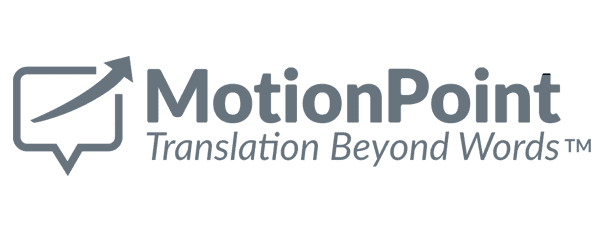




Mobile applications (apps) are increasingly the leading solution for many users when researching or buying products and services from companies in the United States (U.S.) and other countries. As businesses continue to expand their market share, a challenge that typically creeps up is how to translate their mobile app successfully.
Hence where mobile app translation services come in and the many types of app translation technologies that exist to make it happen.
Mobile app translation is the process of translating text within an application's interface, ensuring it is accessible to users in different languages on smartphones and tablets. With various mobile app translation methods available, businesses can choose the approach that best suits their needs.
This post will explore the different mobile app translation technologies, the difference between app translation and app localization, and how the applications get translated through language service providers.
While mobile app translation involves the literal translation of a user interface’s text from one language to another, the process of app localization is quite different. Mobile app localization consists of adapting the user interface and content, to a specific country or region, by accounting for linguistic and cultural differences. Choosing which strategy is best for your company is dependent on the target audience and market.
If a business is targeting Arabic-speaking countries, app localization would be a better choice since the process of localization would account for User experience (UX) items like reading from right to left vs. left to right in western languages. If a business is targeting new audiences in their country, like serving Hispanic customers in the U.S., then mobile app translation may be the ideal choice.
Before starting the mobile app translation process, businesses must understand their app's format and how it handles digital content. This is crucial for choosing the right mobile app translation technology.
When considering app translation, there are three mobile app formats: Native apps, HTML5 apps, and Hybrid apps.
Once a company has figured out the format of their company's mobile app and how it handles content, the best method to translate becomes a lot clearer. Here are some of the top techniques for translating mobile apps:
The best method for mobile app translation will be dependent on the technique used to create the mobile application.
Regardless of the method, translating a mobile app can be effortless, depending on the translation service provider and their offerings. Get a deeper insight into how MotionPoint localizes content for mobile apps.
Proving a stellar customer experience in their preferred language is critical for engaging and driving growth on Android & iOS smartphones and tablets. According to Statista, mobile apps will generate 613 billion in revenue by 2025. Interest in mobile app translation and localization will only rise as more businesses start to include various channels, such as mobile app translation, to expand and target new audiences.
Adapting to this reality is essential for a business trying to increase market share and revenue. Companies that ignore this face significant risks by ignoring the following:
Businesses looking for a seamless solution for translating their company mobile app should look for a translation service with a wide range of mission-critical translation technologies.
MotionPoint offers end-to-end mobile app translation and localization services that can enable companies in any industry to localize their apps in any language for any market. Reach out today and lets our expert guide you to the right solution for your mobile app translation needs.